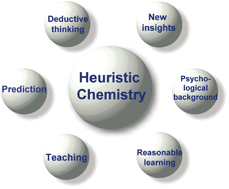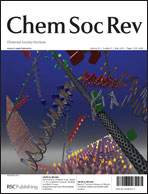Heuristic thinking makes a chemist smart
Abstract
We focus on the virtually neglected use of heuristic principles in understanding and teaching of organic chemistry. As human thinking is not comparable to computer systems employing factual knowledge and algorithms—people rarely make decisions through careful considerations of every possible event and its probability, risks or usefulness—research in science and teaching must include psychological aspects of the human decision making processes. Intuitive analogical and associative reasoning and the ability to categorize unexpected findings typically demonstrated by experienced chemists should be made accessible to young learners through heuristic concepts. The psychology of


 Please wait while we load your content...
Please wait while we load your content...